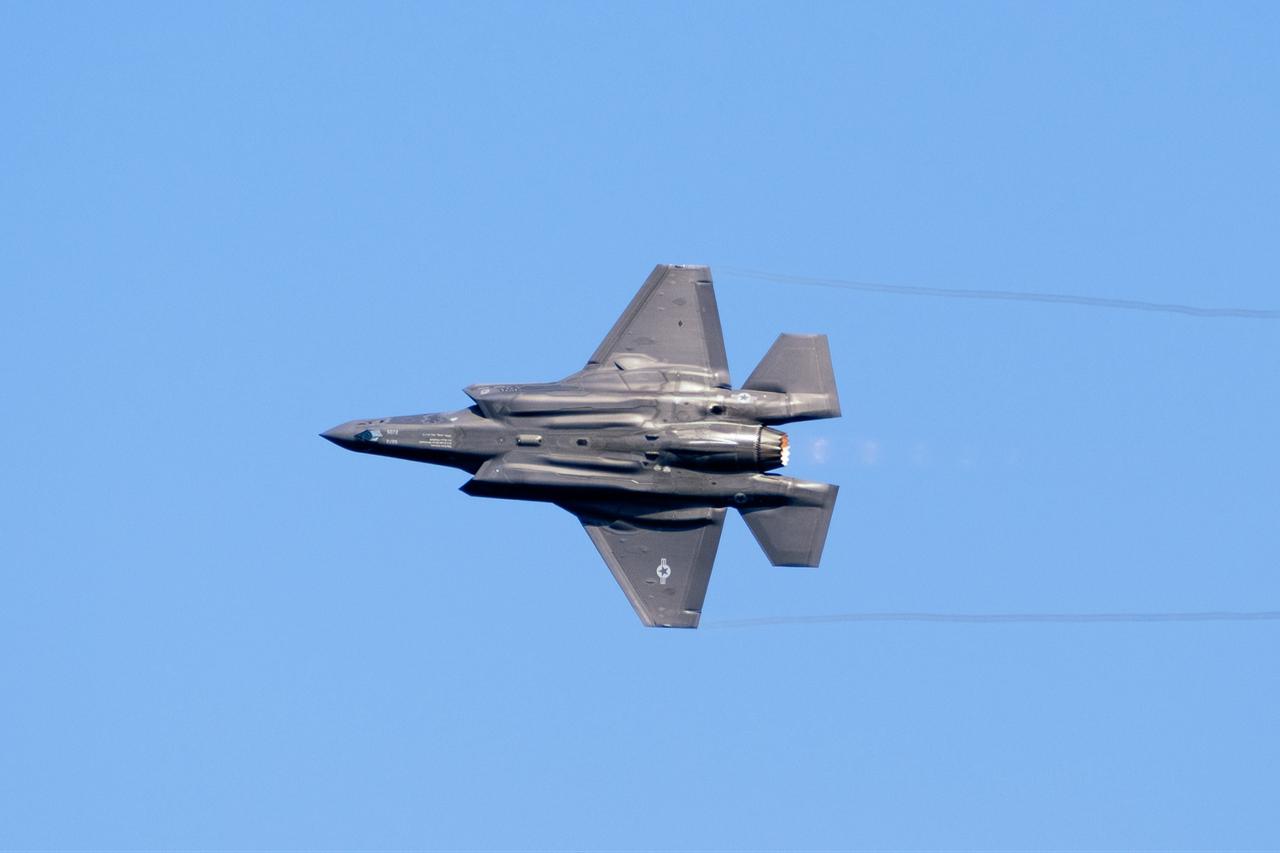
The Pentagon's troubled F-35 Block 4 modernization program will not be complete until 2031 at the earliest, marking a five-year delay from its original timeline and a two-year slip from the previous 2029 estimate, according to a Government Accountability Office report released on Wednesday.
The long-awaited upgrade package, which has already grown from an initial $10.6 billion to $16.5 billion as of 2021, will include fewer capabilities than originally envisioned as the F-35 Joint Program Office reorganizes the effort under a 2023 congressional mandate aimed at improving program execution.
The Block 4 major subprogram will deliver fewer than the originally planned 66 capabilities, with final specifications expected in fall 2025.
Program officials told GAO they could not specify exactly which technologies would remain, but confirmed that any upgrades requiring separate engine and power management system improvements would be deferred.
"According to program officials, the new Block 4 major subprogram will have fewer capabilities, will experience schedule delays, and will have unknown costs until the program office finishes developing its cost estimate," the GAO stated.
An updated cost estimate is expected "later in 2025."
The F135 engine core upgrade, critical for several planned capabilities, will not enter production until at least 2031, pushing post-Block 4 capabilities that depend on these upgrades to 2033.

Lockheed Martin delivered all 110 F-35 aircraft late in 2024, with an average delay of 238 days behind schedule — a stark deterioration from 2021, when only 22 of 142 aircraft were delivered late with an average 16-day delay.
The delays were largely attributed to Technology Refresh 3 (TR-3) hardware and software issues.
As of May 2024, Lockheed was still working to deliver 20 aircraft originally scheduled for delivery in 2024. The company faced severe parts shortages, with more than 4,000 parts shortages in the final production stage in February — twice the historic average. Of these, more than 1,600 parts were required for TR-3 hardware.
The Defense Contract Management Agency reported that 52 in-progress jets had to be temporarily removed from the production line and stored due to parts delays. The wing flap component has been identified as one of the main drivers of production delays over the past two years.
RTX subsidiary Pratt & Whitney failed to deliver any engines on time in 2023 and 2024, with 2024 deliveries averaging 155 days late.
All 123 engines delivered in 2024 arrived after projected due dates, predominantly due to production and supply chain issues, though these delays did not impact aircraft production.
Despite persistent delays, both Lockheed Martin and Pratt & Whitney continued earning incentive fees, leading GAO to criticize what it called a "reward (to) contractors for delivering engines and aircraft late."
"The F-35 program's use of incentive fees has largely been ineffective at holding the contractors accountable to delivering engines and aircraft on time," the GAO stated, noting that the Lot 12-14 contract structure allowed Lockheed to deliver aircraft up to 60 days late while still earning partial fees totaling hundreds of millions of dollars.

The F-35's acquisition costs have ballooned to more than $485 billion as of December 2023, nearly 10% higher than the December 2022 estimate of $442 billion and more than double the original 2001 baseline cost.
The increase represents $89.5 billion more than the 2012 rebaselining.
The program's lifetime cost, including sustainment, now exceeds $2 trillion. The enhanced power and cooling requirements for Block 4 upgrades will increase engine wear, accounting for $38 billion of the lifecycle cost estimate growth.
GAO recommended that the Pentagon reassess Lockheed Martin's production capacity and increase the use of modern design tools in product development processes.
The Pentagon accepted four of GAO's six recommendations while partially agreeing with two others.
Despite the challenges, Lockheed Martin pledged to deliver between 170 and 190 F-35s in 2025 and continue fielding Block 4 capabilities.
"The F-35 is combat-proven, offers the most advanced capability and technology, and is the most affordable option to ensure America and its allies remain ahead of emerging threats," Lockheed Martin said in a statement.
"In partnership with the F-35 Joint Program Office, we will deliver 170 to 190 F-35s this year and continue fielding Block 4 capabilities to ensure the F-35 maintains its unmatched dominance in the skies," the statement added.